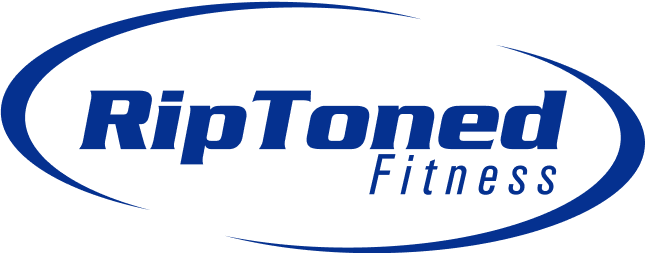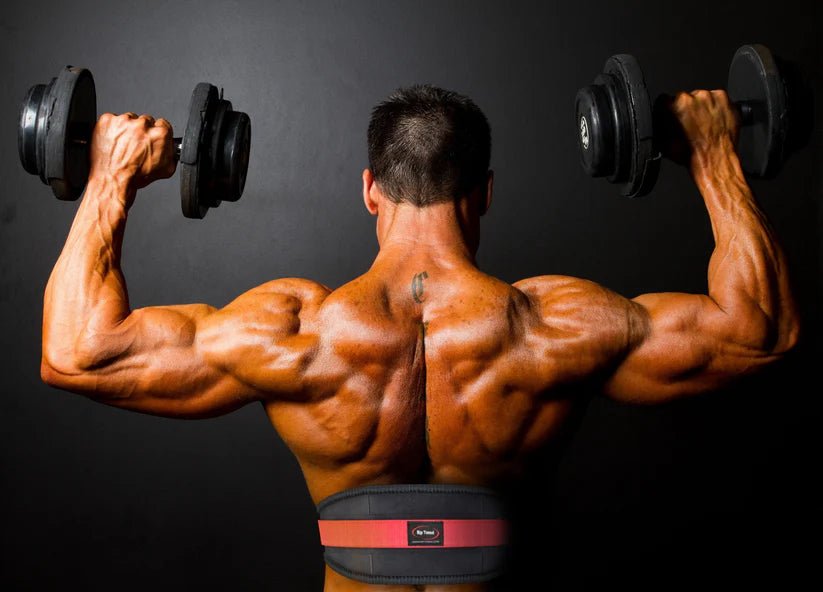Lower back pain is a common concern for weight lifters, prompting many to seek solutions that enhance support and reduce discomfort. A popular tool in this pursuit is the stiff lifting belt, known for its ability to increase intra-abdominal pressure and provide stability to the lumbar spine.
By encouraging proper lifting techniques, these belts are believed to help athletes lift heavier weights with improved safety. Additionally, they engage the abdominal muscles more effectively, potentially reducing strain on the back.
This article explores whether weight-lifting belts genuinely alleviate lower back pain, examining their advantages and limitations and providing insights into their role in supporting lifters during rigorous training sessions.
Understanding Weight Lifting Belts
Weight-lifting belts are typically made of leather, nylon, or neoprene and can vary in width, thickness, and design. The traditional style consists of a wide strap that wraps around the lower back region, secured by a buckle or velcro closure. Other styles include tapered front panels for improved mobility and contoured designs to fit more comfortably around the hips.
Some lifters swear by wearing a belt during all lifts, while others reserve them for heavy compound movements like squats, deadlifts, and overhead presses. However, it is essential to understand how these belts work before determining their role in managing back pain.
How Weight-Lifting Belts Work
Weight-lifting belts essentially act as a second layer of supportive muscles around the spine, providing additional stability and control during heavy lifts. As the lifter inhales and expands its diaphragm, the belt prevents the abdominal wall from bulging outwards by exerting pressure on it. This inward force helps to stabilize the spine and reduce stress on the lower back muscles.
Furthermore, the belt's tight fit prompts the lifter to engage its core muscles more effectively, providing further support and protection for the spine. It also encourages proper lifting techniques by reminding lifters to brace their abs and maintain a neutral spine throughout each movement. To lift heavier weights safely, it is essential to use a weight-lifting belt in conjunction with proper form and technique.
Types of Lower Back Pain
Before evaluating whether weightlifting belts can help with lower back pain, it is crucial to understand the different types of pain that may occur during weightlifting. The two most common types are acute and chronic pain.
Acute pain is usually sudden and sharp, occurring when damage or injury has occurred to a specific muscle or tissue. In contrast, chronic pain develops over time and persists for more than three months. This type of pain often results from repetitive strain on the muscles or joints and can be challenging to manage.
Additionally, lower back pain can also be classified as mechanical or non-mechanical. Mechanical pain is caused by an issue with the structure of the spine, such as a herniated disc or degenerative changes in the vertebrae. Non-mechanical pain, on the other hand, does not have a specific structural cause and may be due to underlying health conditions like arthritis or fibromyalgia.
Do Weight Lifting Belts Help with Lower Back Pain?
While weight-lifting belts are designed to provide support and stability to the spine, their effectiveness in managing lower back pain is still debated. Some studies have shown that wearing a belt during heavy lifts can reduce stress on the spine and help prevent acute injuries. However, there is limited evidence to support their use in managing chronic back pain.
Moreover, relying solely on a weightlifting belt for back support may not address underlying issues that could be causing the pain. It is essential to work on strengthening the core muscles and improving overall posture to mitigate the risk of recurring or worsening pain.
Weightlifting belts may also provide a false sense of security, leading lifters to push themselves beyond their limits and potentially causing more harm than good. It is crucial to use these belts in conjunction with proper lifting techniques and not rely on them as the sole means of support.
Advantages of Weight Lifting Belts for Lower Back Pain
Now, we also know that weight-lifting belts are primarily used to increase intra-abdominal pressure and provide stability to the lumbar spine. But what other advantages do these belts offer when it comes to managing lower back pain? Here are a few potential benefits of using weight-lifting belts for this purpose:
Improved posture:
Wearing a weight lifting belt can help athletes maintain proper posture during heavy lifts, reducing the risk of straining their lower back muscles. By supporting the spine and engaging the core muscles, these belts encourage lifters to maintain a neutral spine position throughout their movements.
Increased safety:
Proper lifting technique is crucial for preventing injuries during weightlifting. Weight lifting belts can serve as a reminder for lifters to brace their abs and engage their core muscles while performing lifts, reducing the strain on the lower back and decreasing the likelihood of acute injuries.
Reduced muscular fatigue:
By providing additional support to the lower back muscles, weight-lifting belts may reduce muscular fatigue and soreness after intense training sessions. This can be especially beneficial for lifters who are prone to lower back pain or have existing injuries.
Psychological boost:
Wearing a weight lifting belt can also provide a psychological boost for athletes, giving them the confidence and reassurance they need to push through heavy lifts. This mental support can be particularly helpful for those experiencing chronic lower back pain as it allows them to continue training without fear of re-injury.
During exercise, when increases intra-abdominal pressure. This pressure can also help to stabilize the lumbar spine and reduce stress on the lower back muscles.
Customization:
Weightlifting belts come in various sizes, widths, and materials, allowing individuals to find a belt that fits their body shape and provides optimal support for their specific needs. This customization can be beneficial for those struggling with lower back pain as they may require additional support in certain areas.
Limitations and Considerations
While weightlifting belts may offer some advantages when it comes to managing lower back pain, there are also limitations and considerations that should be taken into account before relying solely on these belts for support.
Firstly, wearing a weight-lifting belt does not guarantee injury prevention. It is still essential to listen to your body, use proper lifting techniques, and know your limits to avoid injury.
Secondly, weight-lifting belts may not be suitable for all types of lower back pain. If the pain is due to an underlying medical condition or structural issue with the spine, a weight-lifting belt may not provide sufficient support and could potentially worsen the condition.
Moreover, wearing a weight-lifting belt constantly can lead to reliance and dependency on it for support. This can hinder the development of core strength and proper technique, making lifters more susceptible to injuries in the long run.
When to Use Weight Lifting Belts for Lower Back Pain
Weight-lifting belts should not be used as crutches but rather as a tool to supplement proper technique and training. It is recommended to use weight lifting belts for heavy lifts or when attempting new exercises that may put additional stress on the lower back.
Additionally, individuals with chronic lower back pain may benefit from using weight-lifting belts during their workouts to provide extra support and alleviate discomfort. However, it is essential to continue working on strengthening core muscles and improving posture in conjunction with using the belt.
FAQs
Can a weight-lifting belt help me lift heavier weights?
Yes, a weight-lifting belt can assist in lifting heavier weights by enhancing stability and support. The belt works by tightening around the torso, increasing pressure within the abdominal cavity. This pressure helps stabilize the lumbar spine, allowing lifters to manage heavy weights more effectively and safely. However, it's crucial to combine belt usage with proper lifting techniques to prevent injuries.
How does an abdominal belt provide lumbar spine stability?
An abdominal belt offers lumbar spine stability by increasing intra-abdominal pressure during lifts. When worn snugly, the belt supports the core muscles and restricts excessive spinal movement, thereby protecting the lumbar spine. This added stability is particularly beneficial when handling heavy weights, reducing the risk of lower back strain or injury.
Is using a weight lifting belt necessary for lifting heavy weights?
While a weight-lifting belt can be beneficial for lumbar spine stability and lifting heavy weights, it is not always necessary. The primary function of the belt is to increase pressure in the abdominal cavity, which aids in supporting the spine. However, many lifters can achieve similar stability through strong core muscles and proper lifting techniques.
Conclusion
In conclusion, weightlifting belts can be a valuable tool for those looking to lift heavier weights by providing enhanced support and stability. These belts can reduce strain on the lower back by increasing intra-abdominal pressure, which helps protect the lumbar spine during intense lifts. However, relying solely on a belt without focusing on proper technique and core strength may lead to potential drawbacks.
While weightlifting belts can assist in managing lower back pain, they should be used judiciously, complementing other strategies such as strengthening core muscles and maintaining proper form. Ultimately, a balanced approach to back health is essential for both safety and effectiveness in weightlifting.

Click Here to Learn More About the Rip Toned Lifting Belt. Discover how a weightlifting belt can help alleviate lower back pain and improve your lifting performance.

